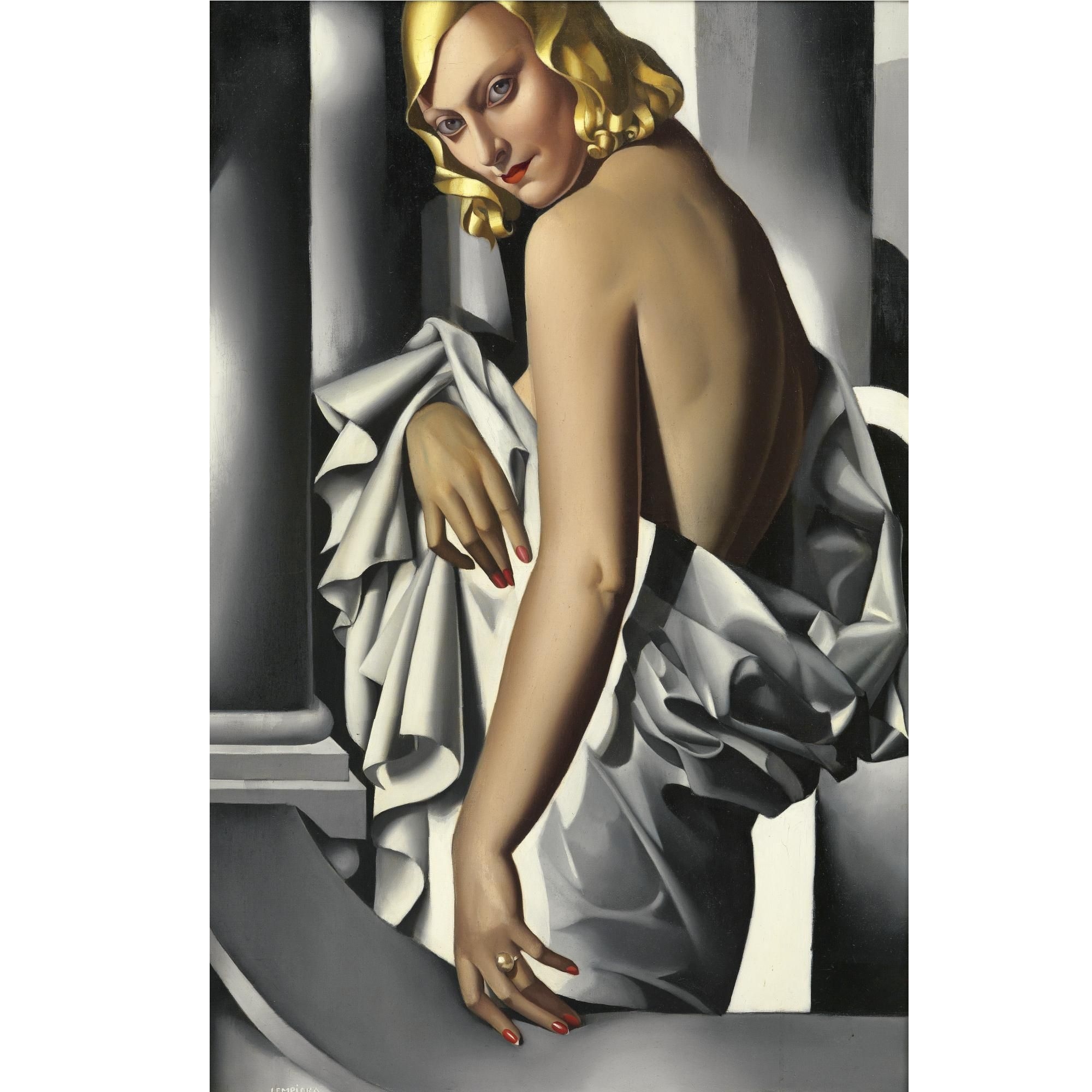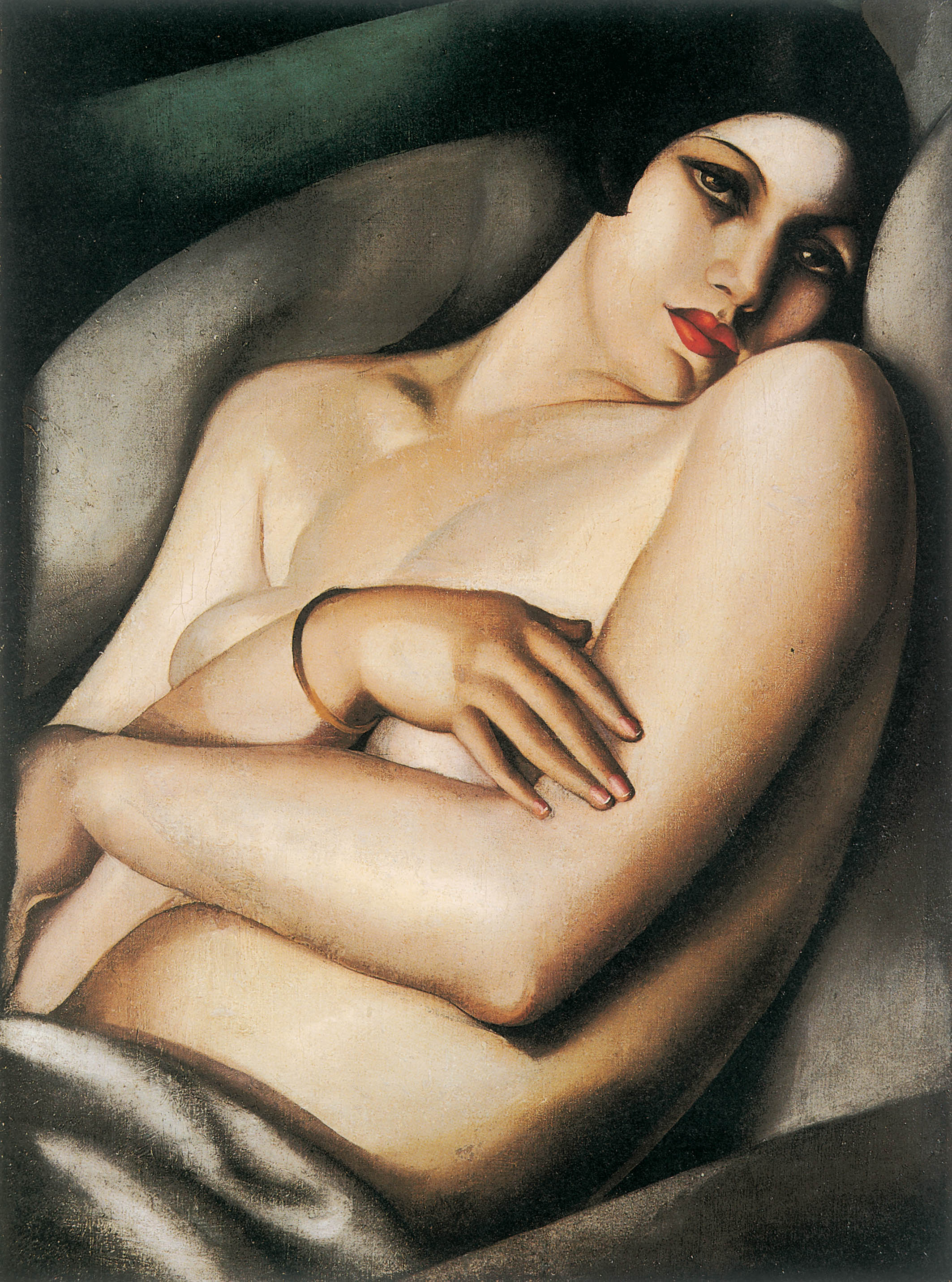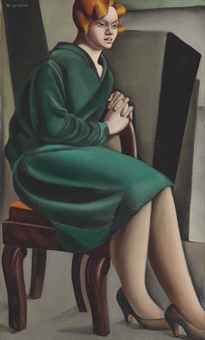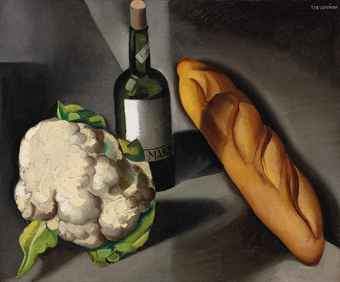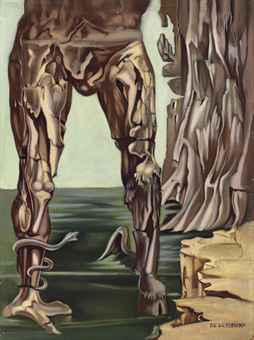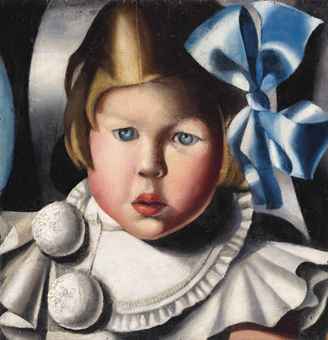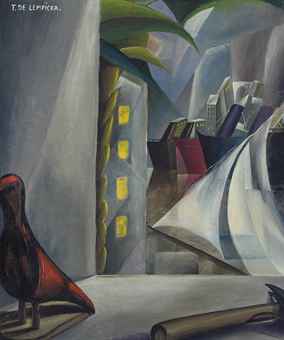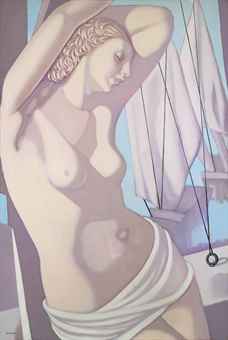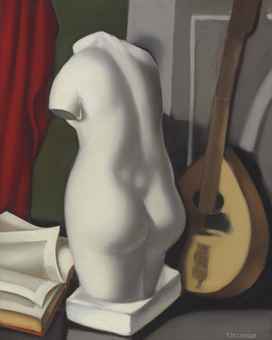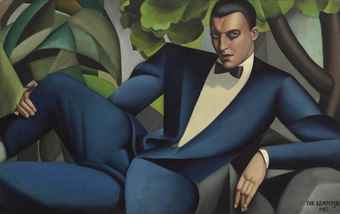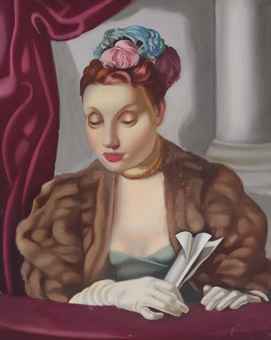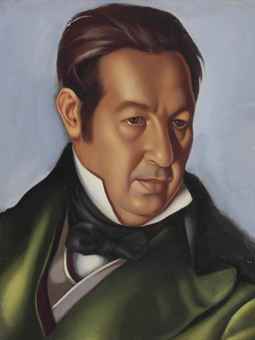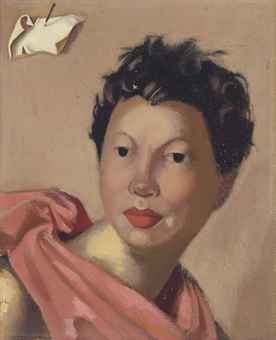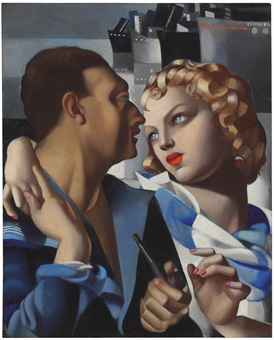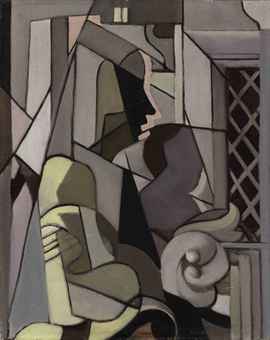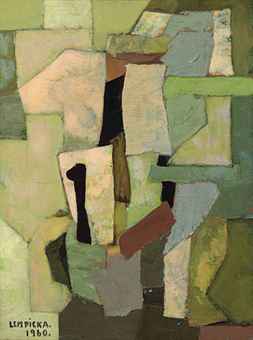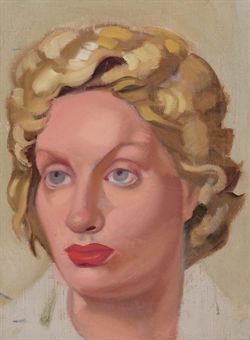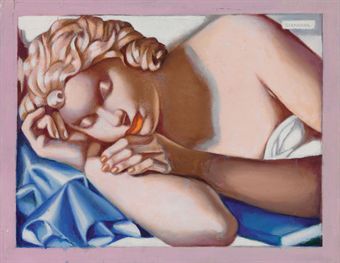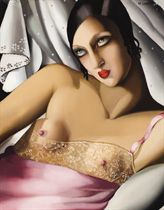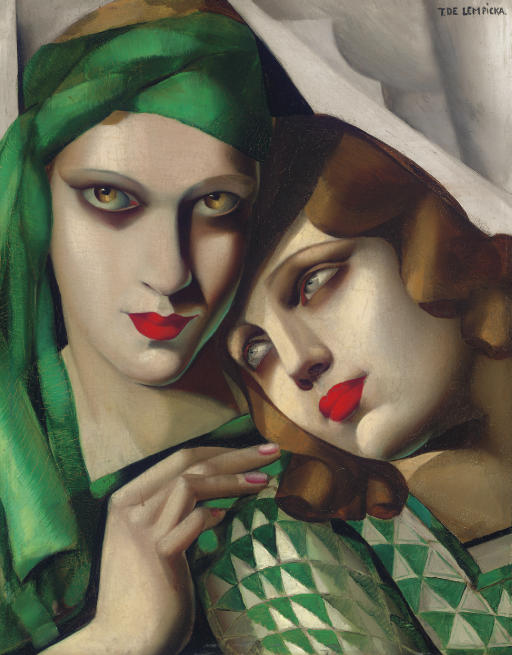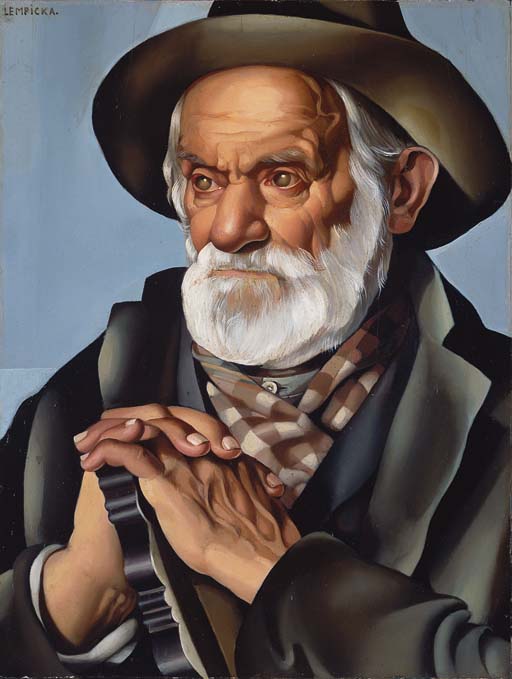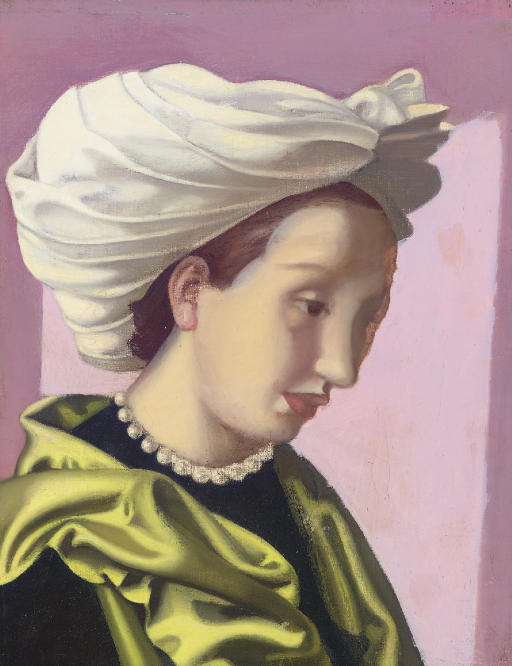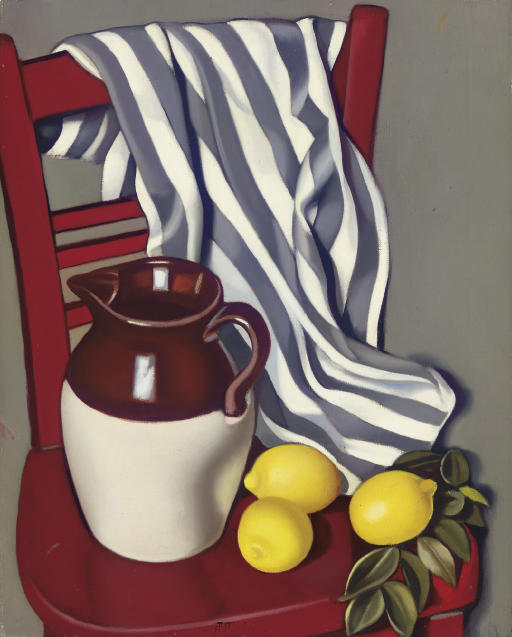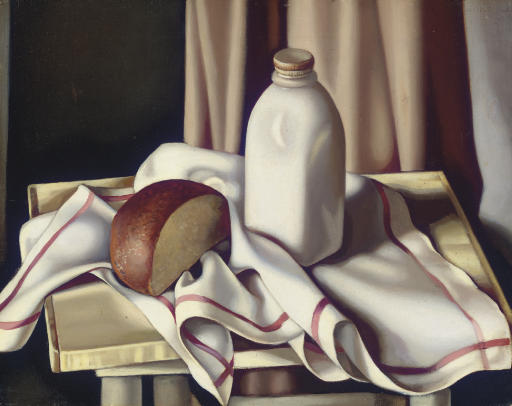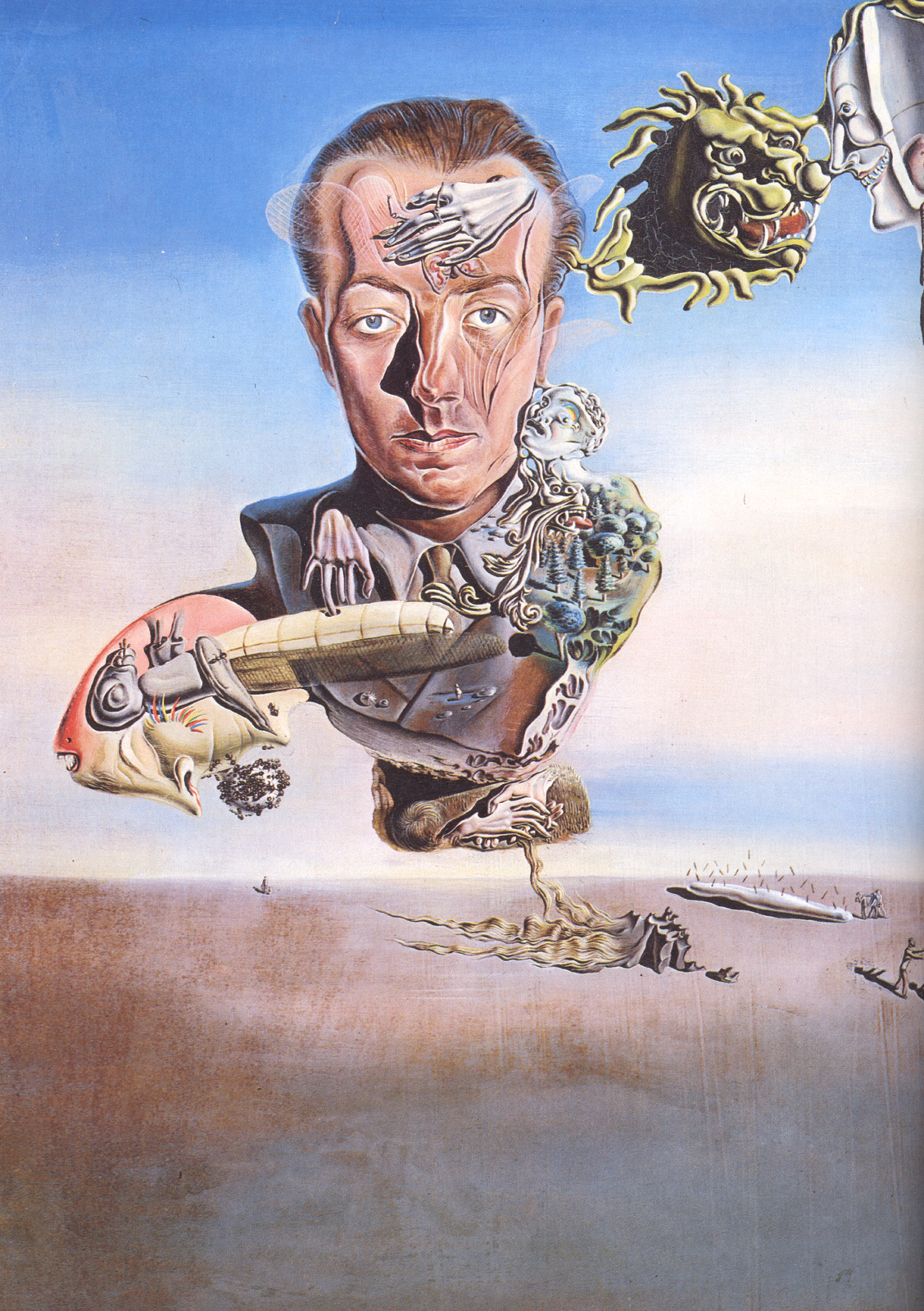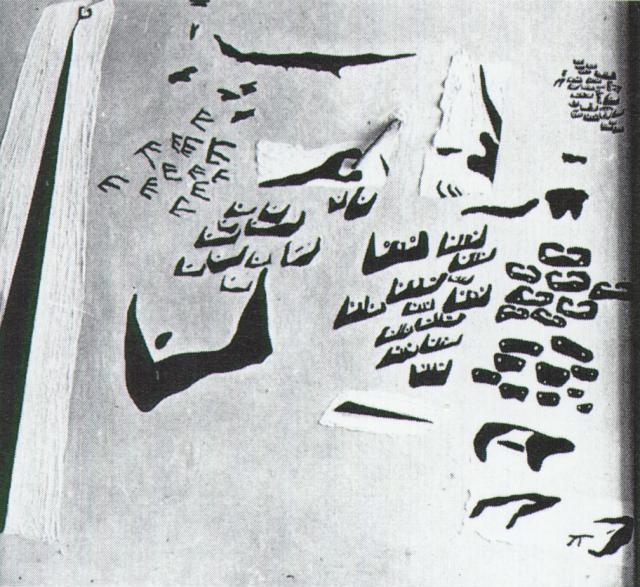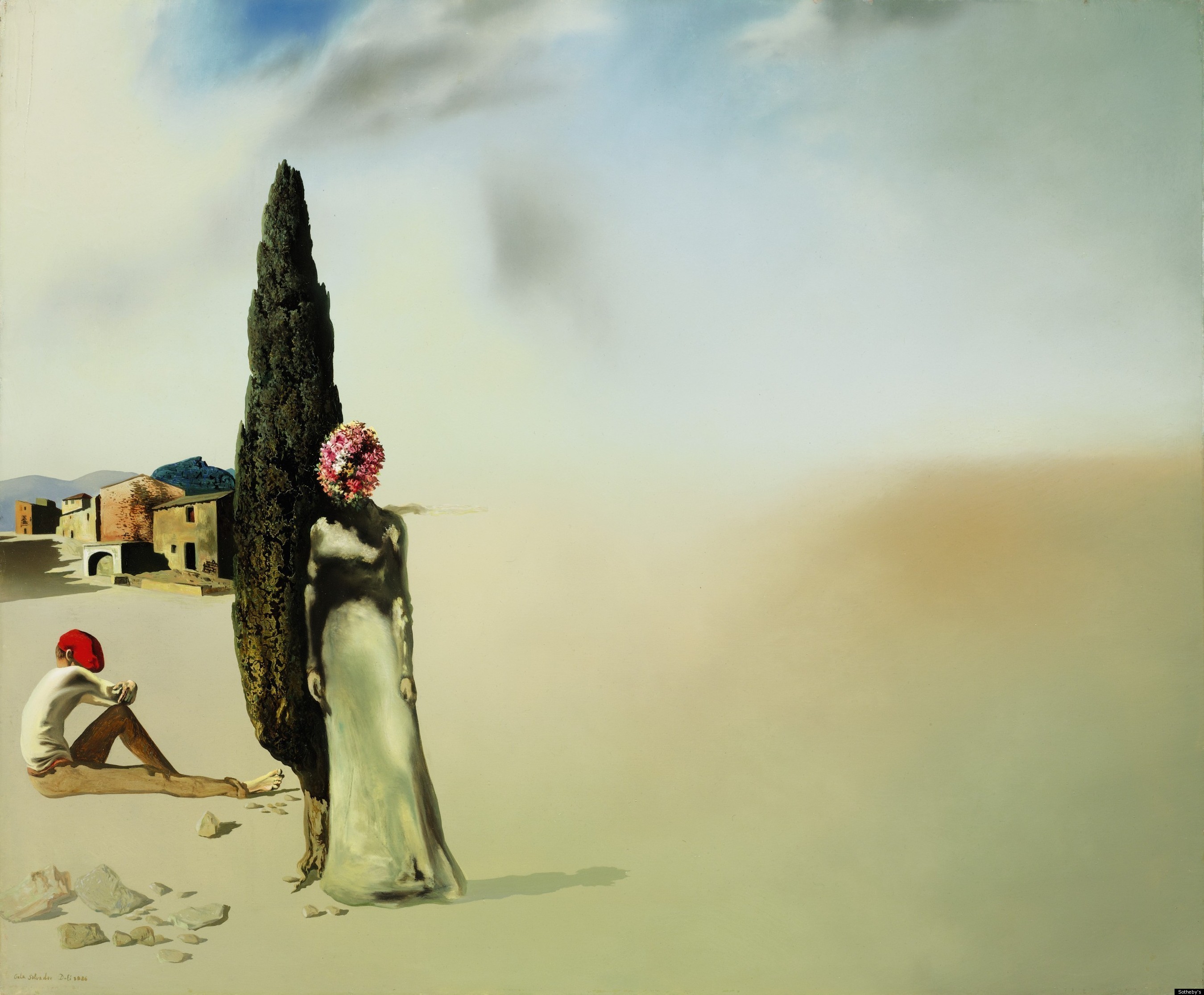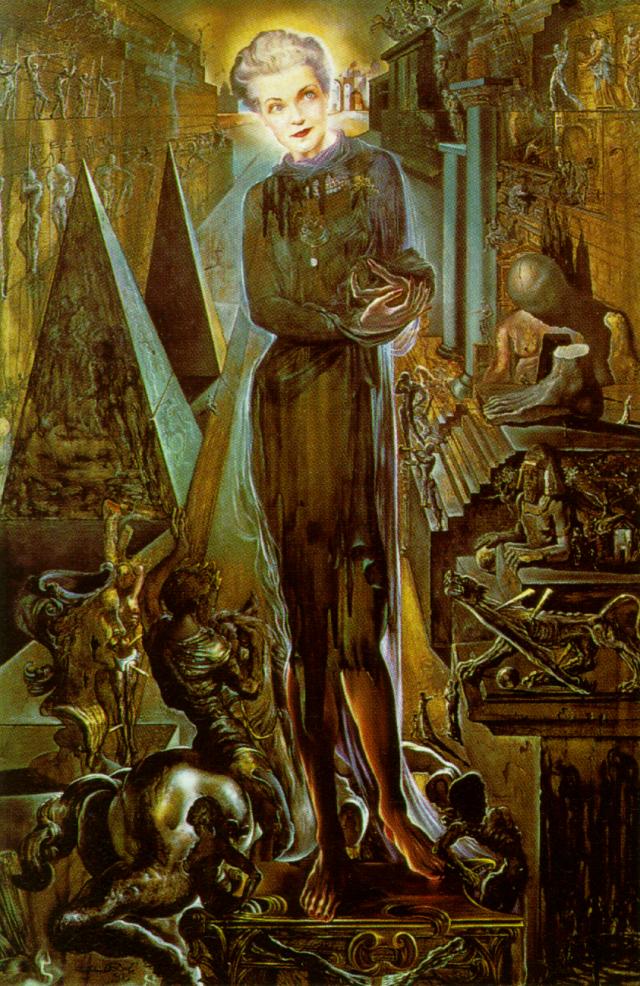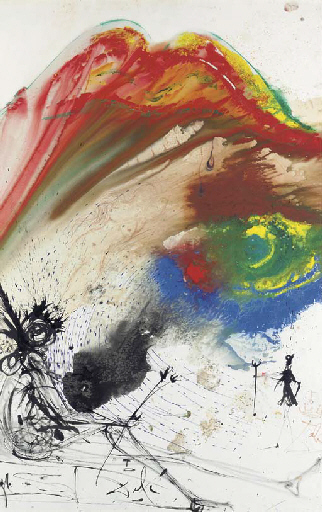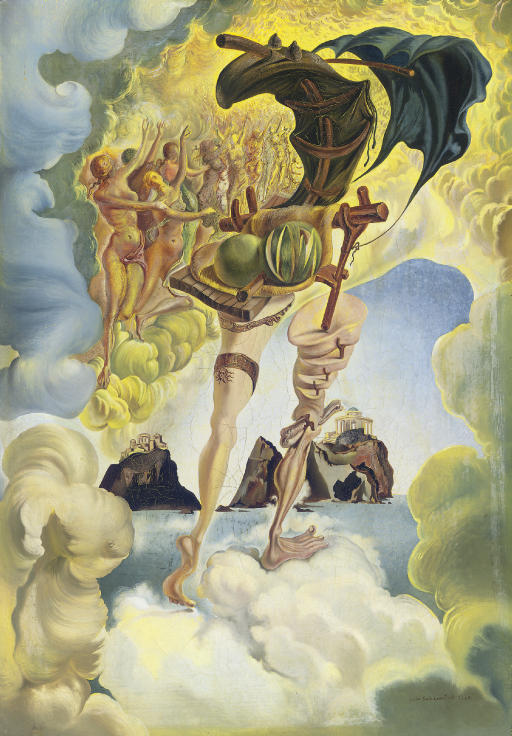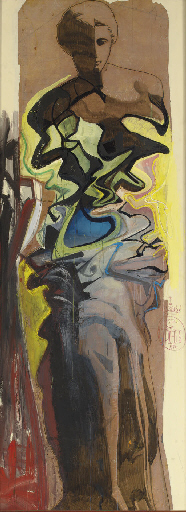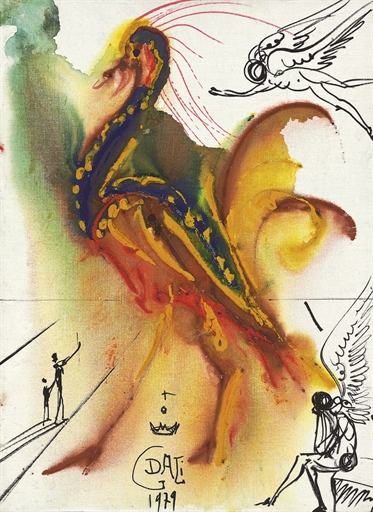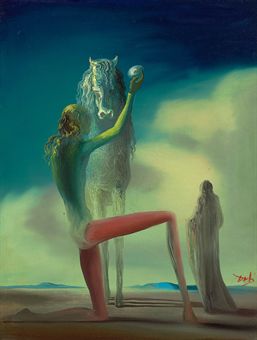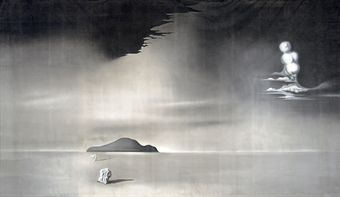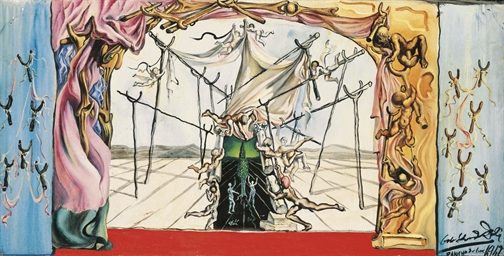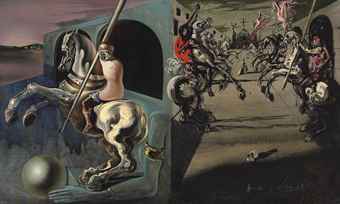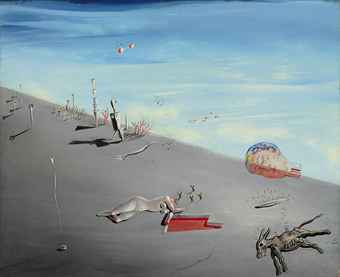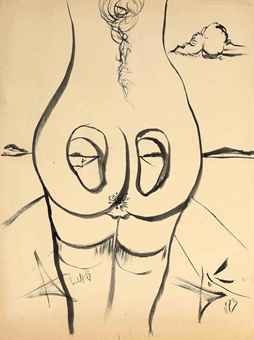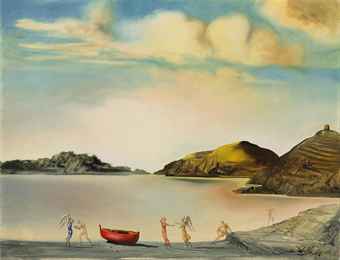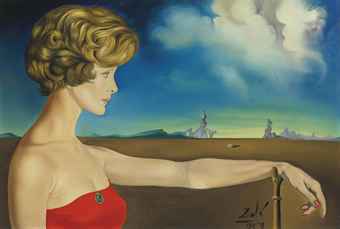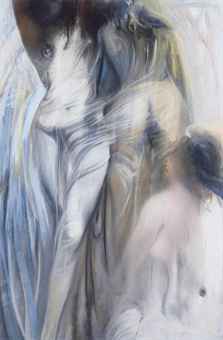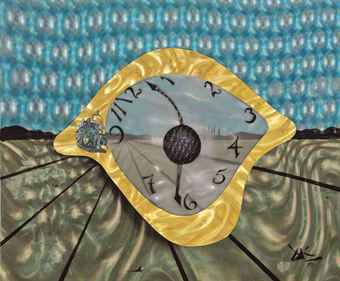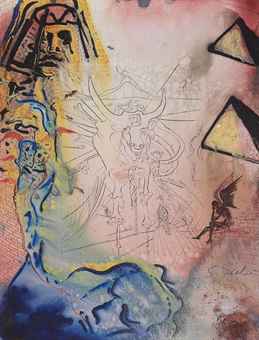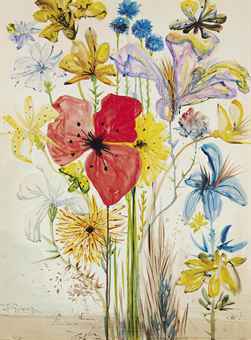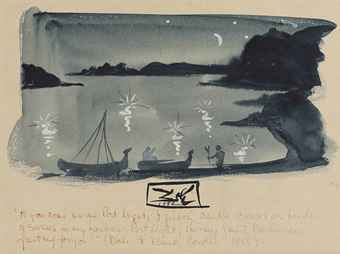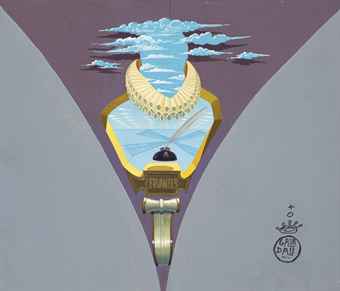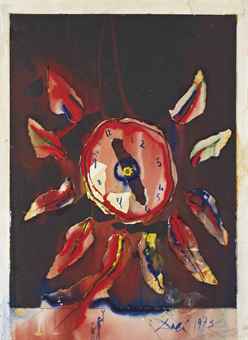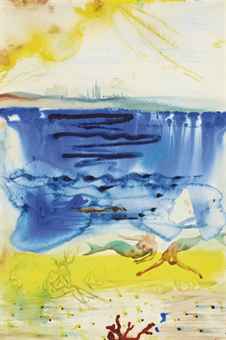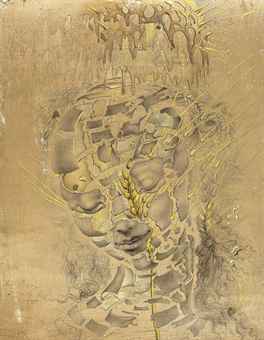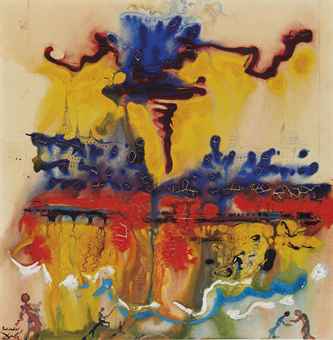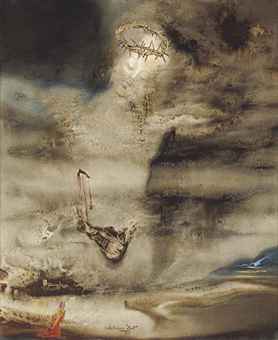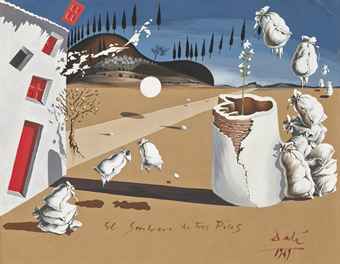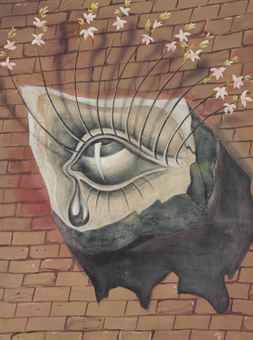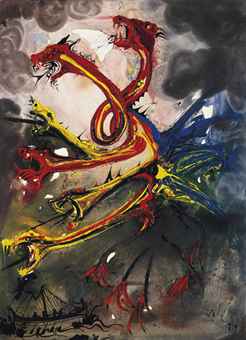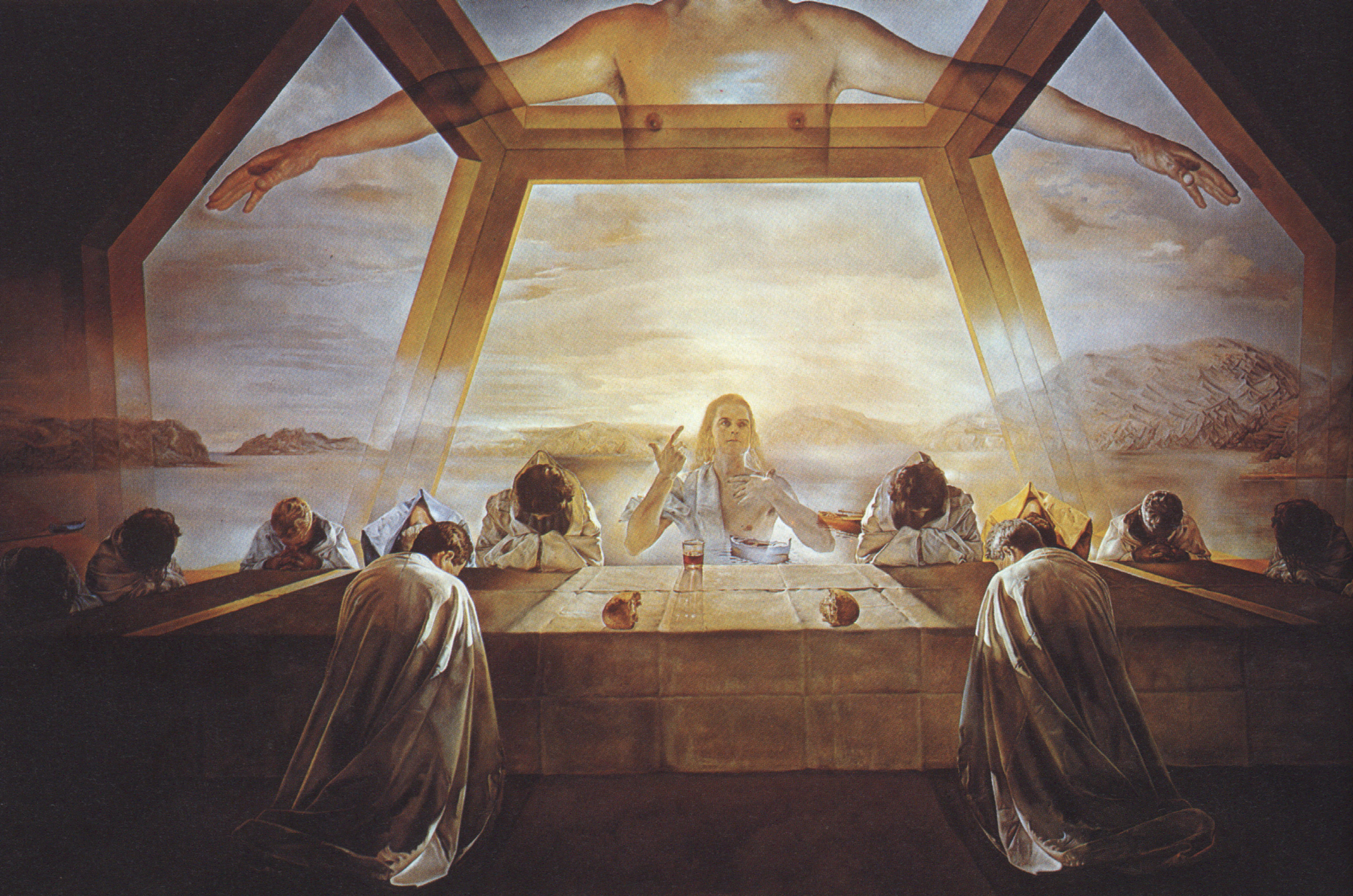Born, most likely, in Moscow in 1895 (though she liked to say it was Poland in 1902) to a wealthy family that emigrated, before the second world war, first to Paris, and then to California and New York, de Lempicka was glamorous, spoilt, demanding and bisexual. All of those attributes emerged in her painting.
Two of the pictures here show at her dramatic best, and are even stronger in the flesh than they are in the catalogue. The 1932 portrait of Marjorie Ferry (pictured above), which Mr Joop bought in 1995 for $500,000 and for which he is now asking $4m-6m, shows a figure resembling Carole Lombard wrapped only in a sheet, casting a knowing look over her shoulder. With her hair in gold twists and her sheet that seems bent rather than draped, the texture is metallic as much as celluloid, conjuring up the sleek gleam of cars in the age of speed.
Muscle rather than metal is the theme of the 1925 portrait of Marika, the Greek-born Duchesse de la Salle de Rochemaure, which carries the same estimate. Tall, well-rounded and boasting a beauty spot above her lip, the sitter has all of de Lempicka’s trademark characteristics, once described as “lighting by Caravaggio, tubism by Fernand Léger and lipstick by Chanel”. The picture radiates bisexual power. The Duchesse appears at first to be wearing black riding jodhpurs tucked into her boots, but when you look more closely it could just as easily be a black skirt pulled up almost to the crotch to reveal a powerful inner thigh._______________________________________________________________
Sotheby's 2016
Tamara de Lempicka's sexy, bold and ultra-stylized Portrait de Guido Sommi illustrates the sleek aesthetic of the Roaring Twenties, and is a rare depiction of a male subject within the artist’s career (estimate $4/6 million). The work comes to auction this November from the collection of Kenneth Paul Block, one of the most influential fashion illustrators of the 20th century, and Morton Ribyat, a noted textile designer who ran the design departments at two major firms. As the chief features artist for Women’s Wear Daily, Mr. Block was well-known for his sophisticated drawings of the latest styles and the women who wore them. For decades he drew the collections of major American and European designers – from Norell, Halston and Galanos, to Balenciaga, Chanel and Saint Laurent.
Tamara de Lempicka,
Le rêve (Rafaëla sur fond vert) (1927)
sold at Sotheby's New York on November 2, 2011 for $8,482,500.
A lost painting by artist Tamara de Lempicka, Nu adossé I, has been rediscovered and will appear on the auction block at Sotheby’s Impressionist and modern sale on May 2. 2012
Sotheby's 2014
LOT SOLD. 2,741,000 USD
Tamara de Lempicka
SUZANNE AU BAIN
LOT SOLD.
2,378,500 GBP
Christie's 2015
Christie's 2014
Christie's 2012
Christie's 2011
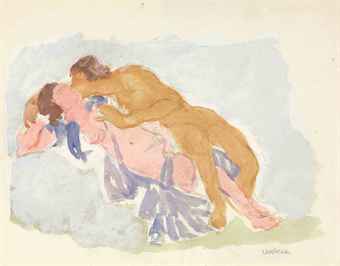
Christie's 2010
Christie's 2009
Tamara De Lempicka (1898-1980)
Portrait de le Duchesse de Valmy
Pr.$1,370,500
Tamara De Lempicka (1898-1980)
Portrait du Marquis Sommi
Pr.$4,338,500
Christie's 2007
Tamara de Lempicka (1898-1980)
Femme au turban blanc II
Pr.$115,000
Tamara de Lempicka (1898-1980)
Cruche et citrons sur une chaise
Pr.$241,000
-
Tamara de Lempicka (1898-1980)
Nature morte à la bouteille de lait
Pr.$313,000
Heather James Fine Art
Tamara de Lempicka (1898-1980)
Autoportrait II
Oil on canvas
13 3/4 x 10 3/4 in. (23 3/4 x 21 1/8 in. framed)
Painted in 1974-79
Provenance:
Opera Gallery
Private Collection, UK
Private Collection, Canada
Literature:
A. Blondel, "Tamara de Lempicka, Catalogue Raisonne 1921-1979", illustrated, pg. 423.
Includes authentication certificate by Alain Blondel dated May 28, 2005
-
